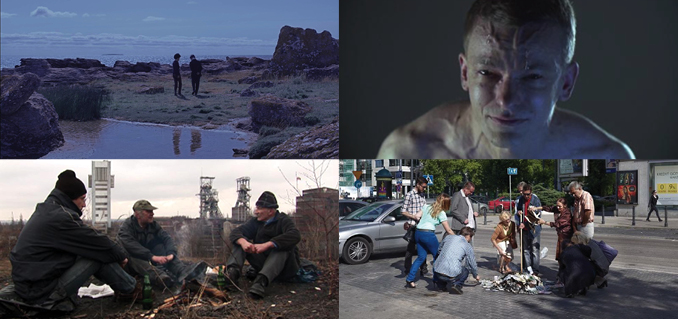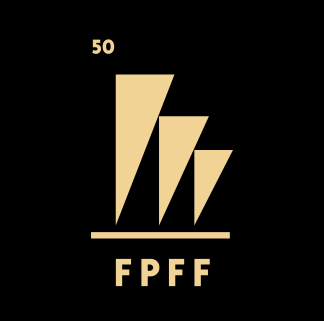Artists at Cinema at the 39. GFF – between the film and visual arts

“Artists at Cinema” is one of the 39. Gdynia Film Festival’s Special Screenings. It is an original, innovative event prepared together with the Museum of Modern Art in Warsaw.
Within “Artists at Cinema”, the viewers will watch films bordering on the cinema of experiment and visual arts, as well as will take part in a conversation with the authors of the images presented. In the Festival programme, the viewers will watch five films from the area of visual arts: “Future Days” by Agnieszka Polska (2013, 28 min), “News” by Zbigniew Liber (2014, 3 min), “Tears of Joy” (2014, 3 min) and “Home Shopping” (2007, 8 min) by Oskar Dawicki, and “Weavers” by Anna Molska (2009, 12 min). The authors of the films will be the Festival guests and will participate in a meeting with the viewers.
During the “Artists at Cinema” screenings, we will also watch a film by the current prizewinner of the Film Award given annually by the Polish Film Institute, the Museum of Modern Art and the Wajda School. The Film Award of the Polish Film Institute, the Museum of Modern Art and the Wajda School is aimed at the promotion of the experimental, artistic cinema that radically cuts itself off the conventional narrative solutions and the cliché ways of film form construction. Its first prizewinner – Zbigniew Libera has already finished the photography for “Walser”, other prizewinners: Agnieszka Polska (“Hurra! Wciąż żyjemy!”) i Anna Molska (“Mutantki”) are preparing for the implementation of their films. The last works with “Performer” by Łukasz Ronduda and Maciej Sobieszczański are in progress. The film, treating of the art of the performer Oskar Dawicki, is in a way a pilot project of the whole programme.
As Łukasz Ronduda, the Museum curator, reminds, the Polish visual artists have been using the film camera as a work tool for years. The most important works of the Polish art of the last quarter of the century take the form of gallery films, installations or video recordings. The films shot by artists have also become increasingly professional in film terms, using more and more refined tools that the film language gives or that are typical of the film of narrative structures. Since over a decade, a new phenomenon can also be observed: visual artists start to shoot also actors’, full-length, narrative films, meant for cinema distribution.
“The meeting with filmmakers and their films is supposed to help the viewers define this new current of the Polish cinema, to specify its institutional and artistic shape, its aesthetics, to examine the way in which artists transfer their art experience to film and the profits that film and filmmakers can gain thanks to that,” explains Łukasz Ronduda. “What is the difference between the cinema and the gallery image? How do arts and the modern cinema understand the image, its aesthetics? Discourse? Emotions? What can visual arts give to cinema and vice-versa? How does the cinema shot by artists (for example by Piotr Uklański, the Sasnal marriage, Zbigniew Libera) compare to the narrative, aesthetic and communicational practices of the world artistic cinema? Where is it located in the context of the history of the Polish cinema and modern art?”
Together with the audience, the guests invited will try to answer these and other questions.
Michał Oleszczyk, the Artistic Director of the Gdynia Film Festival, emphasizes the special role of experiment in the modern cinema: “The border of cinema and visual arts is the real avant-garde: it is there that the trends-to-be of the main stream are first visible. The example of Steve McQueen, this year’s Oscar prizewinner for “12 Years a Slave” and at the same time the artist who began his career from the gallery art, is very telling. I am very glad that together with the Museum of Modern Art, we managed to prepare an event in Gdynia thanks to which the Festival audience will have the opportunity to encounter films that are absent in the mainstream distribution on a daily basis.”


